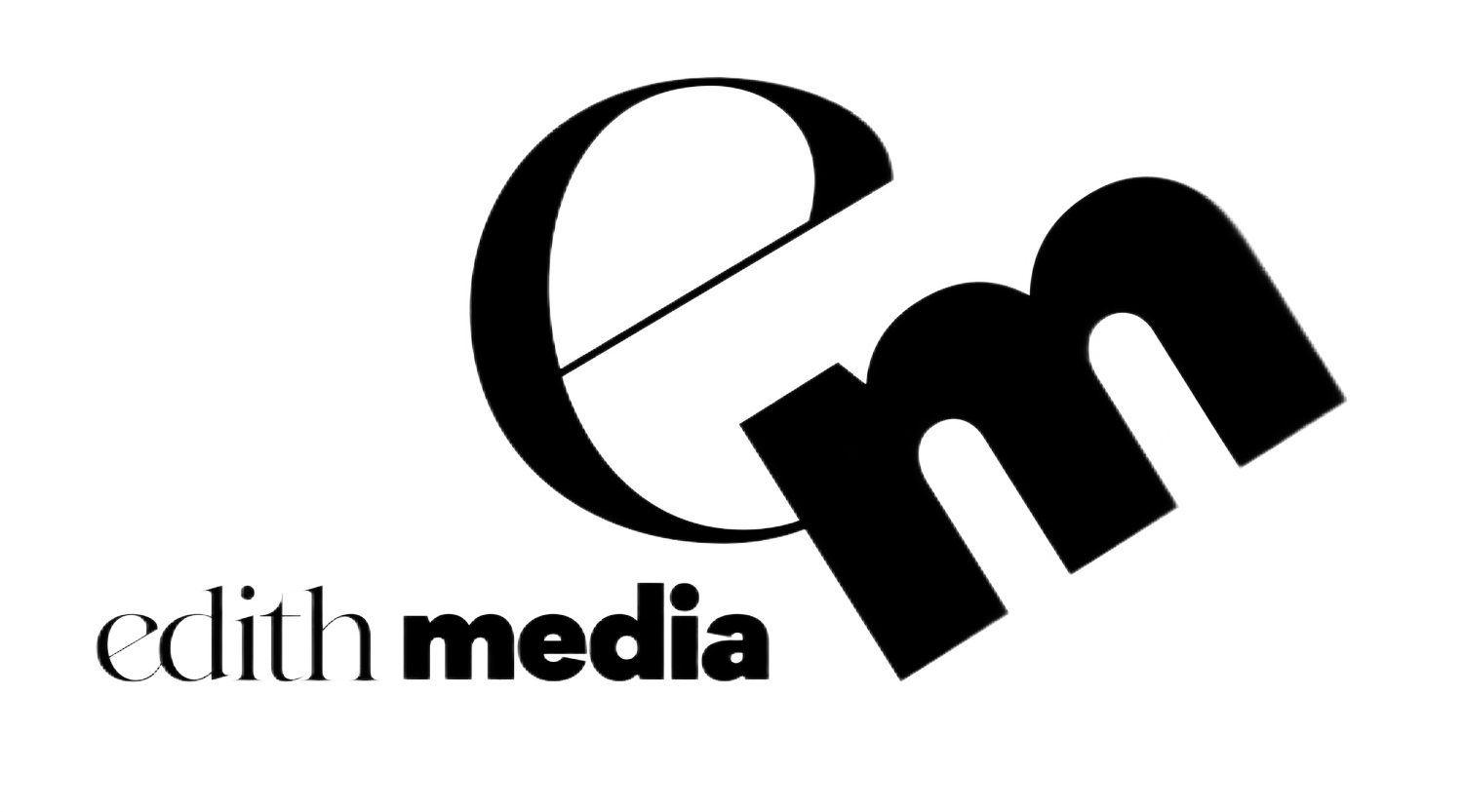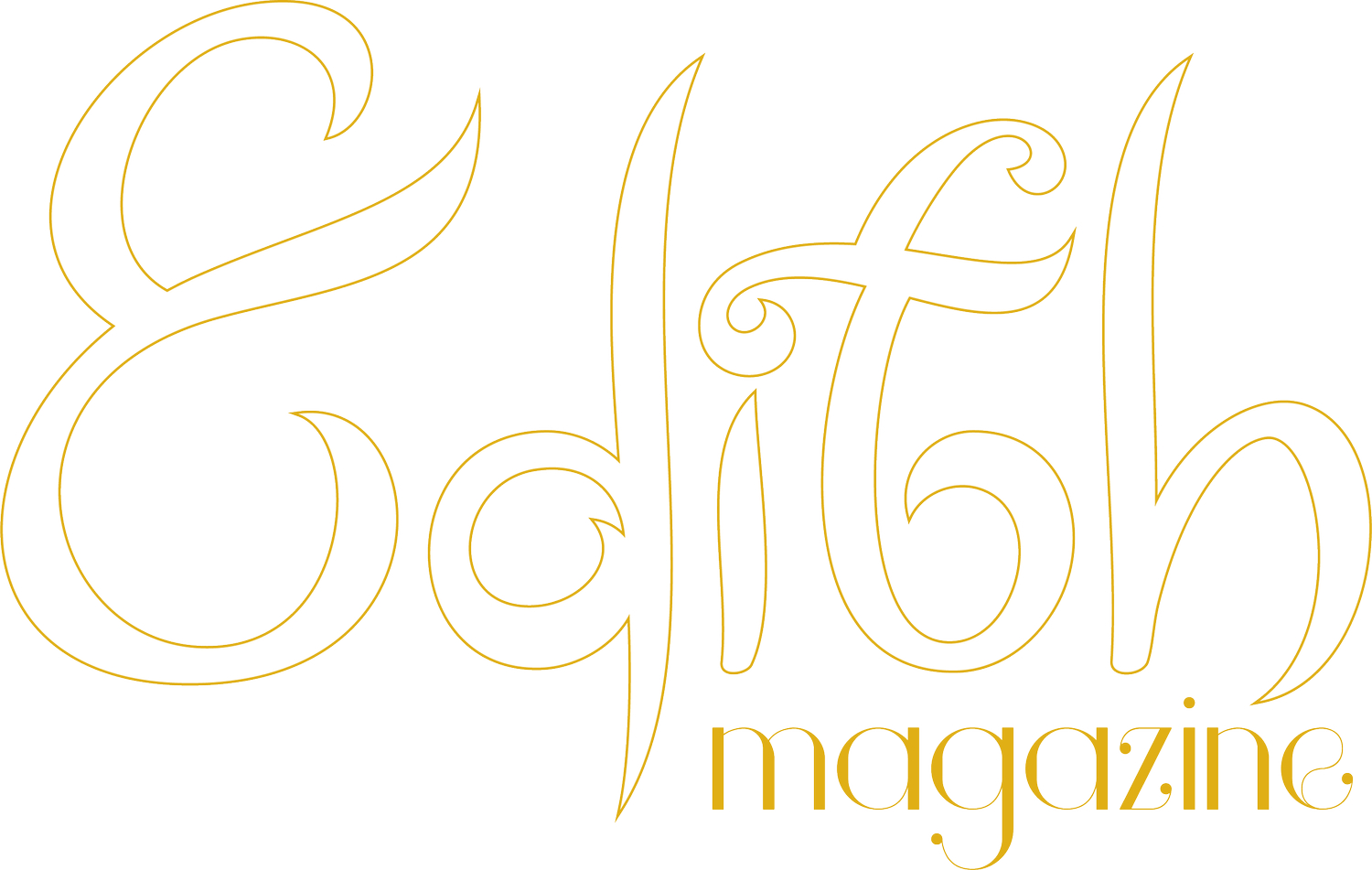Zane Taylor
Zane Taylor is a photographer who works around creative concepts that are often derived from the
most unique ways. In this interview, Zane talks about his inspiration from a tattoo, the importance of
storyboarding for a photographer and his evolution in the photographic world:
What created your initial fascination for photography?
When I was a youth, my grandfather gave me his Rollieflex Automat and an instamatic camera. The
idea of seeing the world in a different way was ignited and I got interested to know how and why
they worked.
How have your cameras evolved throughout your photography journey?
I’ve tried many different cameras and its types. Canon was with me for a long while because I could
use it more easily. Then I transitioned to Nikon about twenty years ago. I love its feel and
positioning. My current go-to is my Z7.
What is your idea of telling a story through an image?
I start the project with a concept. The model has a lot to do with it and the vibe that develops
through the shoot. I know what I want to capture but sometimes, when it does not work, I adapt the
situation mid-way, and then the work eventually develops. When I’m in post, I can polish the vision…
What kind of photographic styles do you specialize in?
I really enjoy boudoir and beauty; composite runs the strong second.
Who are some of your favourite photographers?
Wow, that’s hard! I followed Nigel Barker for a long time for fashion, Jerry Ghionis for his creativity,
Lindsey Alder, I just love her work….my good friend Steven De Lozada, there are many local artists I
follow and admire like Mark Daughn.
Where do you find your inspiration for different creative concepts?
My girlfriend is a hair and makeup artist, we often collaborate on ideas. Inspiration for me comes
from things I dream; I tend to lead more with renaissance with a modern spin. One of my recent
shoots was inspired by the model’s tattoo.
Walk us through your procedure for concept art photography and what is the most
important part in this whole process?
The most important part is to have a plan, knowing the theme. Doing a short list of poses to get the
concept.
I often start with creating sketches, and inspiration boards. It is really important to have a shot list to
ensure that I have the shots that I need. During the session, I’m thinking about what I’m creating and
see the idea through the lens. Obviously, it is also important to have the right tools, software and
the knowledge of how to use them. I’m always learning better and more creative ways to work. I can
easily spend hours in post and days tweaking the story to create the final concept.
What thrills you the most about wildlife photography and how do you go about it?
I haven’t done a lot of wildlife recently, nature in general is more in my wheel house. Being able to
capture the beauty of the moment and being able to share it with the world, I have no words to
describe how wonderful it is. Bringing people to the moment in time through my picture, allowing
them to see what I see and admire the awe and wonder of it is what thrills me the most about
nature photography.
When you photograph landscapes, what is your technique to achieve a picturesque image?
I prefer to shoot in a panoramic mode when I am photographing landscapes. The challenge is to
create the final image in Photoshop.
Capturing memories through portraits, what is your key strategy to freeze the most beautiful
moment?
When doing portraits, I work with the subject first to have them mirror what I’d like to capture in
poses. The main key is trust, especially in boudoir and nudes. I’m always trying to hold my camera in
position to the shot, having my setting ready to get the shot.
Outdoors vs indoors, what are the different equipment and techniques that you use during
each type of setting?
In studio I obviously have more control over light, that being said I love to use natural light as often
as possible. The real difference for me is where the sun is, how much sunlight is there, and how is
the best way to use it. I know people like early mornings and late evenings, and I do too, for how the
sky looks. Bright sunlight often makes the subject squint. One trick I use is that I have the subject
close their eyes until I’m ready to shoot. But the best case is when I move myself or the model to the
background. I tend to use one backlight and one-off camera light to get the look I want.
Which has been one of the most challenging photoshoots you have done and how did you
manage it?
Recently I was shooting a Quinceanera and there was a hand full of family on set. The family was
very excited and it distracted the subject. We were outside in a meadow; I could see the frustration
on the young girl’s face. I acknowledged the family and informed them that we’d be right back. I
walked with the young girl, talking only about her and listening to her, we moved to an area far away
and out of site from the family and captured beautiful photos of her. Here her smile was so heart-
warming. I usually have a closed set for sessions for this very reason.
For your submission, please tell our readers everything about it, from the very first idea to
the final touches.
The idea of the shoot was to have something heavenly, but a little sexy. I had story-boarded, so to
speak, a shoot list and progression from a Sexy Angel to a little Devil. I wanted to have an idea of
being in the clouds as a base. The model came on set, we chatted for a bit, and then I noticed her
tattoo ‘Like Lightening from Heaven’ and I was thrilled. I wanted to add colour in the clouds from red
to white, creating a stormy under tone, keeping it divided like Heaven and Hell.
Andi (Model) was so very poised and relaxed; it made the photoshoot easy. She took directions
when we were in the zone. Having my girlfriend on set who provides the hair and make-up really
helps. I can see things that need to be adjusted and she steps in and fits, as well as help with model
wardrobe changes, allowing for privacy and putting models more at ease. Walking through the shot
list and trying to capture the right look. I shoot tethered so I can really see what I’m getting as I go. I
do not always shoot that way but there are times when I prefer it.
Once I walk through the shots and pick the best that I like, is when I apply the background to just
make something different…I know the concept and I apply the vision, the photo becomes something
else, it’s the creative process.
What is your advice and secret for clicking a picture-perfect photograph?
My best advice is to know your camera and its settings. How to change them to capture
what you want. I often bring more equipment than I need just in case I need more
adjustments than may be required. I try to get the best capture as possible in camera to
mitigate any post work required.
Zane Taylor has mastered the secret key to making his subjects comfortable and thus
capturing flawless images and creating unforgettable memories while doing so. His methods,
including the pre-production and planning and his knowledge about his equipment is what
makes him not only a strategic but also an immensely accurate photographer.
Written by Sonz
Credits
Model: Andi Cole @ciao.andi
https://linktr.ee/ciaoandi
https://twitter.com/heyandicole
Photographer: Zane M Taylor @zanemtaylor
https://www.facebook.com/ZMTPhotos
https://zmtaylorphotography.com
Makeup Artist: Danielle Pirslin @the_duchess_d







